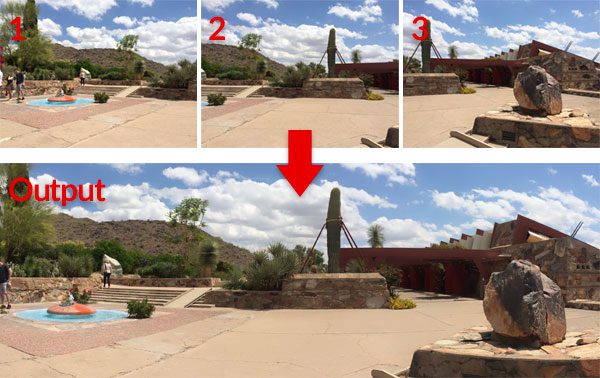At Figure Eight, we’re big believers in active learning. We think it holds the promise to better models trained on less data, reducing cost and time-to-production for machine learning practitioners. And it’s just about to go mainstream.
Top 10 Advantages of a Data Science Certification
Data science is a booming industry, with potentially millions of job openings by 2020, according to the latest analyst’s business predictions. But what if you want to learn data science without the heavy cost of a postgraduate degree or the US university MOOC specialization? What is the best way to prepare for this upcoming wave of opportunity and maximize your chances fora 100K+ USD (annual) job? Well – there are many challenges that stand before you in such a case. Not only is the market saturated with an abundance of existing fresh talent, but most of the training you receive in college has no relationship to the actual type of work you get on the job. With so many engineering graduates passing out every year from so many established institutions such as the IITs, how can you hope to realistically compete? Well – there is one possibility you can choose if you wish to stand out from the rest of the competition – high-quality data science programs or courses. And in this article, we are going to list the top ten advantages of choosing such a course compared to other options, like a Ph.D., or an online MOOC Specialization from a US university (which are very tempting options, especially if you have the money for them).
R Packages worth a look
Biomarker Selection in Penalized Regression Models (biospear)Provides some tools for developing and validating prediction models, estimate expected survival of patients and visualize them graphically. Most of the …
Meta-Learning For Better Machine Learning
In a related post we discussed the Cold Start Problem in Data Science — how do you start to build a model when you have either no training data or no clear choice of model parameters. An example of a cold start problem is k-Means Clustering, where the number of clusters k in the data set is not known in advance, and the locations of those clusters in feature space (i.e., the cluster means) are not known either. So, you start by assuming a value for k and making random assumptions about the cluster means, and then iterate until you find the optimal set of clusters, based upon some evaluation metric. See the related post for more details about the cold start challenge. See the attached graphic below for a simple demonstration of a k-Means Clustering application.
Image Stitching with OpenCV and Python
Adrian Rosebrock
发表于
Day 17 – little helper to_na
We at STATWORX work a lot with R and we often use the same little helper functions within our projects. These functions ease our daily work life by reducing repetitive code parts or by creating overviews of our projects. At first, there was no plan to make a package, but soon I realised, that it will be much easier to share and improve those functions, if they are within a package. Up till the 24th December I will present one function each day from helfRlein. So, on the 17th day of Christmas my true love gave to me…
The 2019 PAW Business Agenda is Live – Super Early Bird expires this Friday
Breaking News: The 2019 PAW Business Program is Live
Whats new on arXiv
Informing Artificial Intelligence Generative Techniques using Cognitive Theories of Human Creativity
Introduction to Pandas, NumPy and RegEx in Python
If you are a working professional looking for your first Data Science stint or a student dreaming of building Jarvis, this blog will help you take your first baby step.
Vanguard: Senior AI Engineer [Malvern, PA]
At: Vanguard Location: Malvern, PAWeb: www.vanguard.comPosition: Senior AI Engineer
Location: Malvern, PAWeb: www.vanguard.comPosition: Senior AI Engineer
